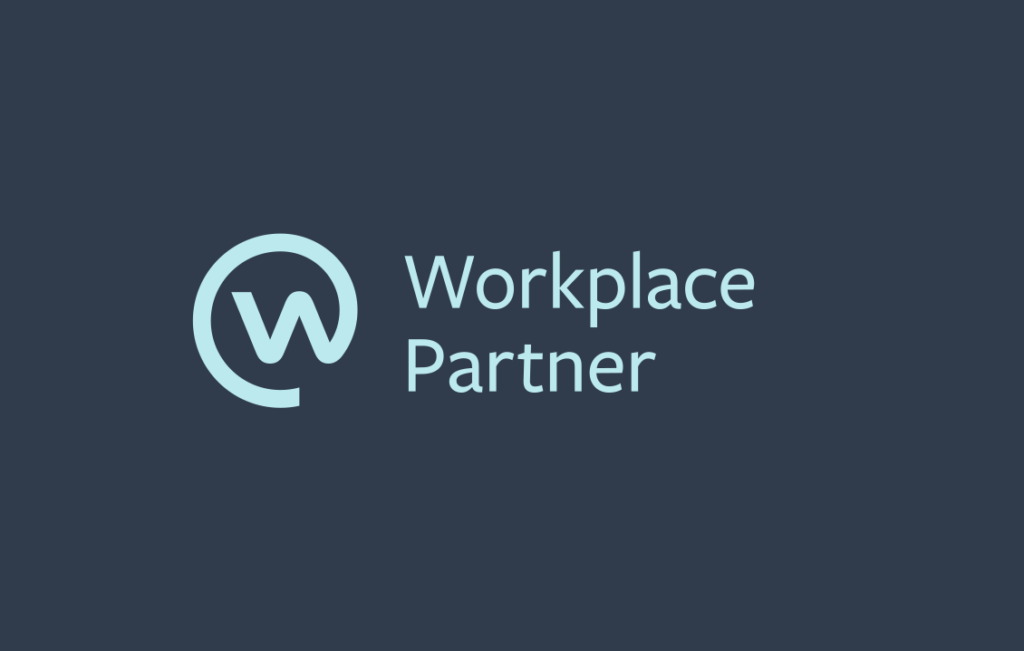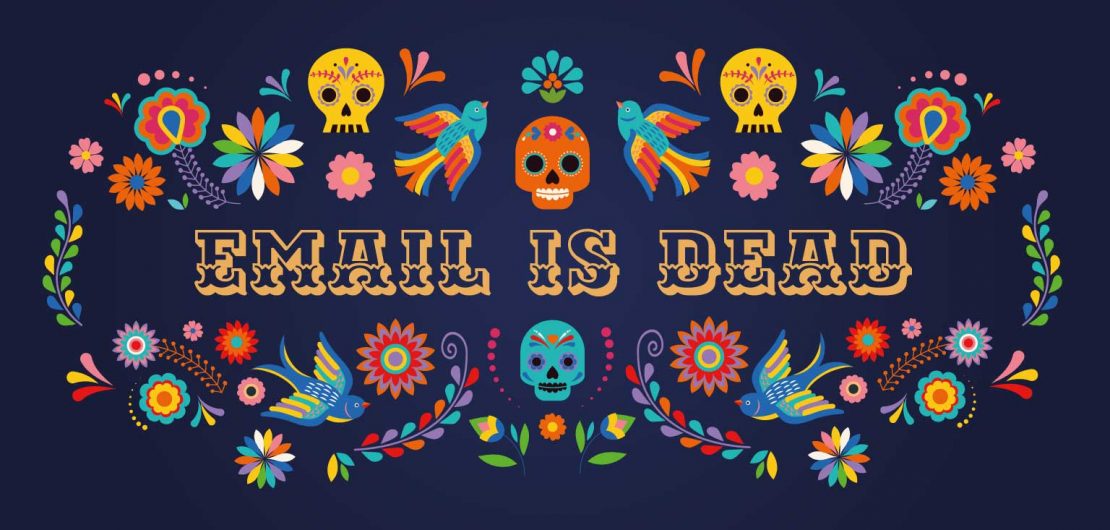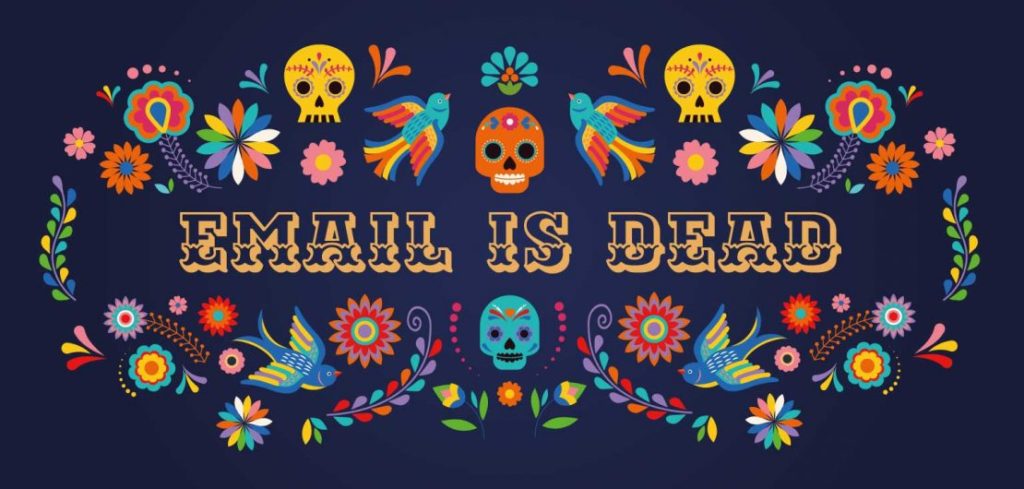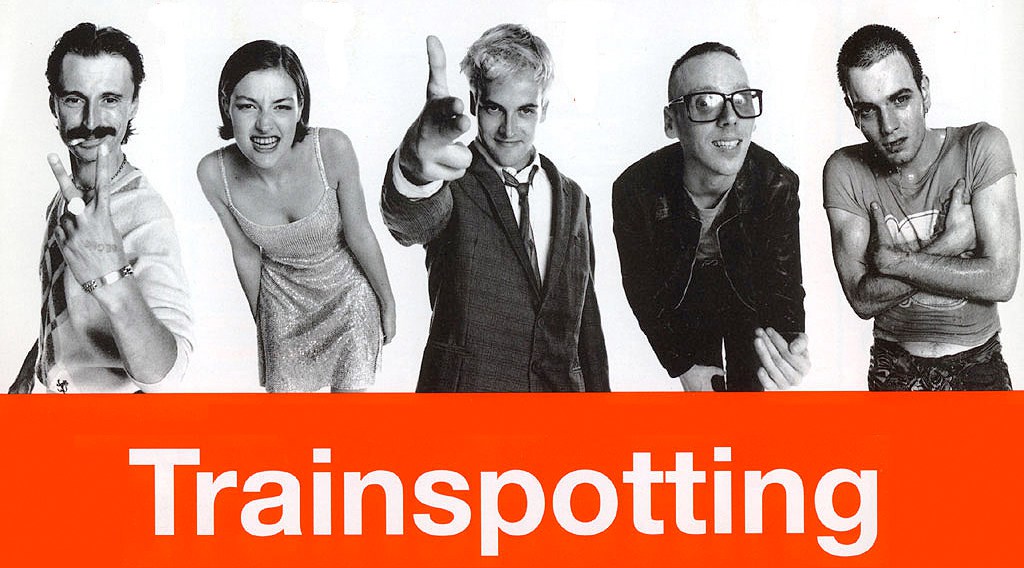
Connecting with all your employees can be tricky in any business but in the recruitment process outsourcing (RPO) industry it can be nigh on impossible. With staff at client sites, service centres and increasing numbers of desk-less & mobile workers, getting the simplest of messages to staff is so hard that it often remains a source of frustration for years.
That was certainly true of our experience at one of the world’s leading RPO providers. Until we came across Workplace by Facebook: a communications and collaboration tool built for the future of work.
Ok, so here’s my twelve reasons why you should put Workplace on your shortlist:
Reason 1 – it’s mobile-first
Every client site is locked down in a different way, so finding a platform that works at multiple, often geographically dispersed locations is impossible. Workplace’s mobile-first design and delivery means you needn’t be held back by client firewalls.
As long as staff have a smartphone they can access all communications, documents and even the org chart, bringing your onsite workers into company culture for the first time. Crucially, the mobile experience is seamless.
Reason 2 – staff don’t need an email address
In our experience, many RPO staff use their client’s email, so connecting them to any new tool is a hard slog. Workplace setup can be done without email as a unique identifier and is simple to deploy.
Workplace is typically adopted by 80%+ of users within 30 days and the launch experience is straightforward. So you need less of IT’s time.
Reason 3 – find all of your people all of the time
No more: “where’s Linda today” and no more detective work to search for Linda’s latest landline or email. You can simply see when she’s online and easily message, voice dial or even video her direct.
Workplace lets you keep pace with change, regardless of client desk moves or how many times you switch staff between sites.
And the built-in organisation chart allows you to see what staff do, where they are in the hierarchy and who reports to who.
“Safety Check is a great feature that allows you to check that all your staff are safe in the event of an emergency, regardless of location.”
Reason 4 – create and build community
It’s easy to feel a little lonely and disconnected if you’re in a service centre in a remote location, far from headquarters. Workplace allows your staff to feel part of a much bigger, dynamic organisation. Staff can connect to a number of communities: the whole business, everyone at their client site or service centre and / or their team. Or slice and dice to aid the collaboration you need e.g. connect all service centres around the world.
“Reach all your staff, create community, build affinity with your brand, better serve clients.”
Reason 5 – collaborate, share, save time
With such a spread-out workforce, often geographically diverse, it’s all too easy for staff to reinvent the wheel. Workplace by Facebook provides a forum to ask for help, enabling everyone to share knowledge and best practice. Many answers to frequently asked questions and processes can be automated too e.g. HR policy questions or client onboarding.
Reason 6 – virtual leadership
Workplace enables senior leaders to create engaging communications; from simple posts to Live Video broadcast, extending visibility and reach to the whole business – making sure important messages are heard. For example, your CEO can update everyone on the way back from strategic client visits.
Reason 7 – share documents
Don’t be frustrated by staff who can’t access your intranet (if you’ve ever tried to give staff access to your intranet from a client site we sympathise!) use Workplace to easily give everyone access to the latest pitches and proposals.
Reason 8 – streamline staff onboarding
Manage staff on-boarding and connect people to your culture from offer to acceptance. Create forward-thinking HR strategies to support staff through their career, automating processes for better experiences. And with more of your clients using Workplace, you’ll need to be the expert in using Workplace for your clients’ recruitment processes.
Reason 9 – bring all of your apps together
Workplace gives countless possibilities for off the shelf and custom integrations, allowing you to bring all your apps and services together in one place – e.g. logging help desk calls, integrating leave request systems and CRM tools. Like Salesforce and Hubspot.
“With 30,000+ organisations already on Workplace, increasing numbers of your forward thinking clients are using the platform too.”
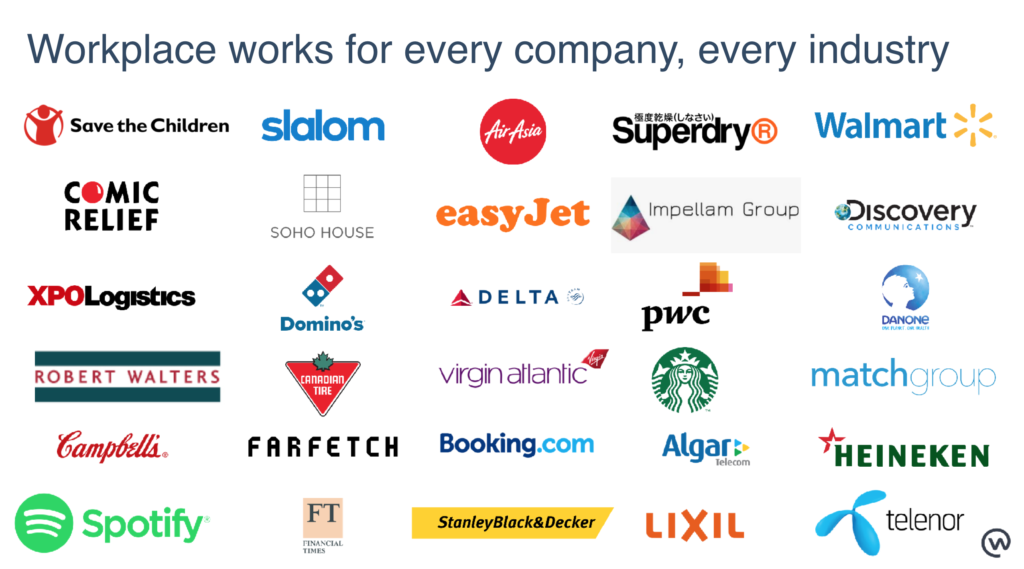
Reason 10 – improve client service levels and experience
By facilitating collaboration across the business you can better serve clients. Engaged employees who work together have the information they need to go the extra mile for clients.
And by creating a “multi-company group” between you and each of your clients you can streamline communication, aid collaboration and create a different dynamic to your client relationships. Your client doesn’t need to be on Workplace by Facebook to collaborate in this type of group.
Reason 11 – connect wherever you are in 46 languages
With voice, video and chat your staff can easily keep in touch whether they’re in the office or travelling. And auto-translate ensures communications reach everyone – that’s more languages than Microsoft Teams and Slack.
Reason 12 – build employee affinity with your brand – not just your clients’
Keeping your brand’s mission front and centre is hard when your on-site staff are immersed in your client’s culture. The ability to easily create engaging posts, articles and video brings your brand to life and really does foster a sense of belonging.
Find out more about my personal experience rolling out Workplace for recruitment process outsourcing companies and how Workplace can transform your business – contact me at caroline.watkin@the300.co or call me on 07946 524 304 for a chat.
“We won Best Workplace Launch in 2018 for our rollout of Workplace at the Robert Walters Group, of which Resource Solutions, one of the world’s leading RPOs, is a part.”
